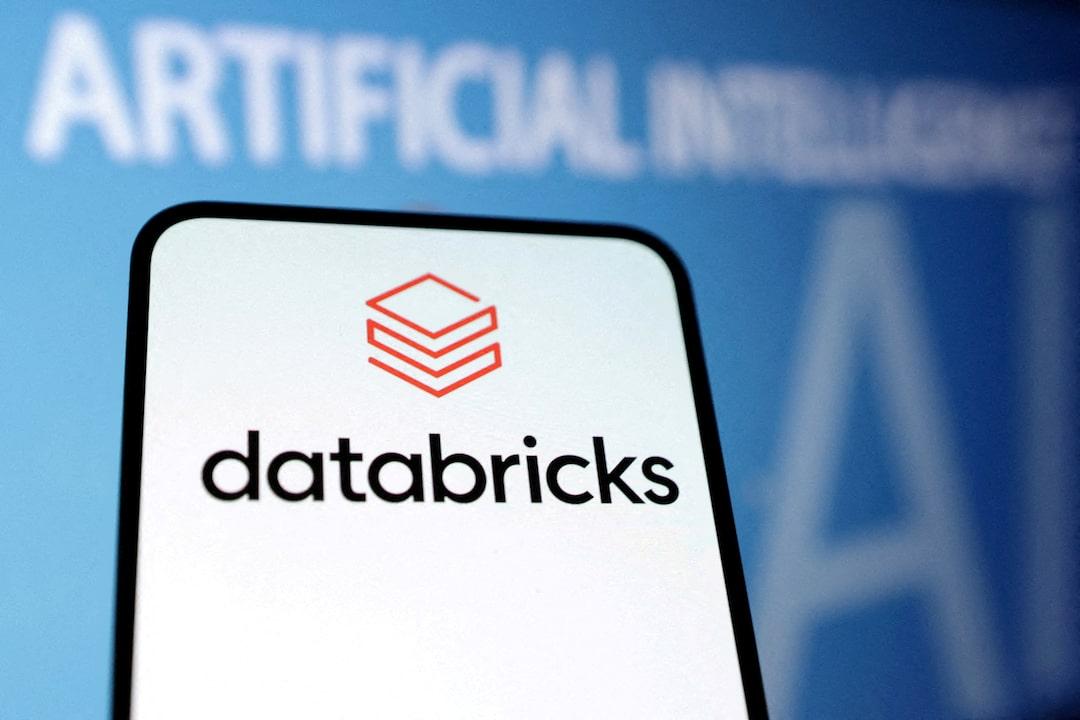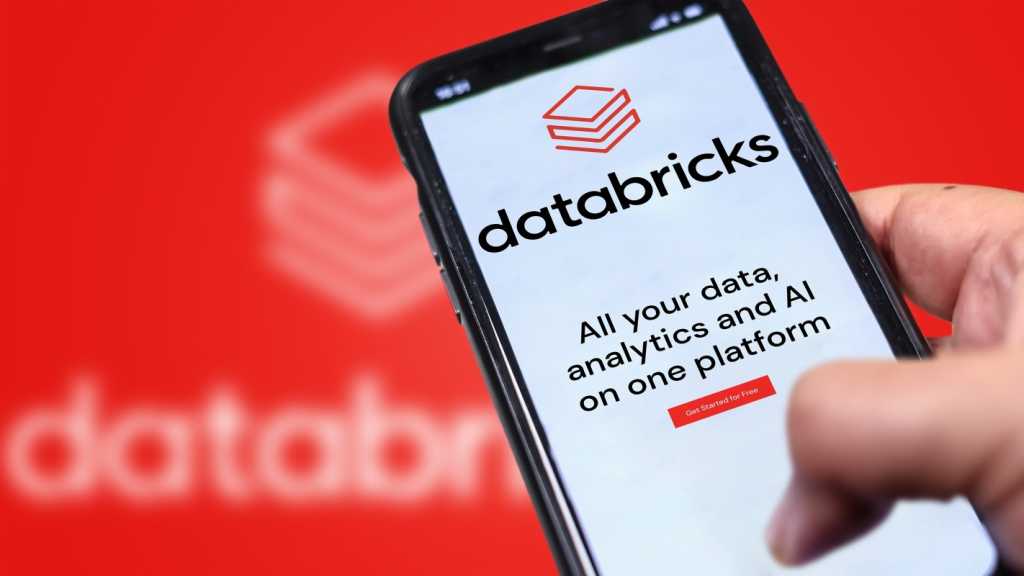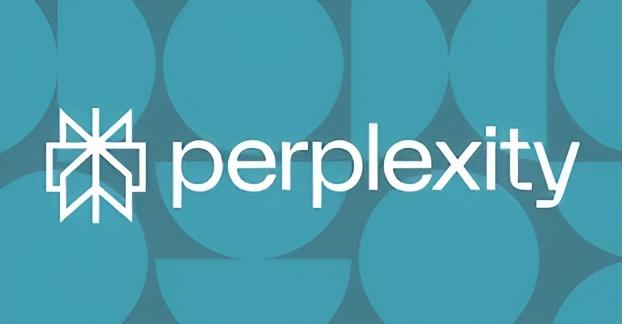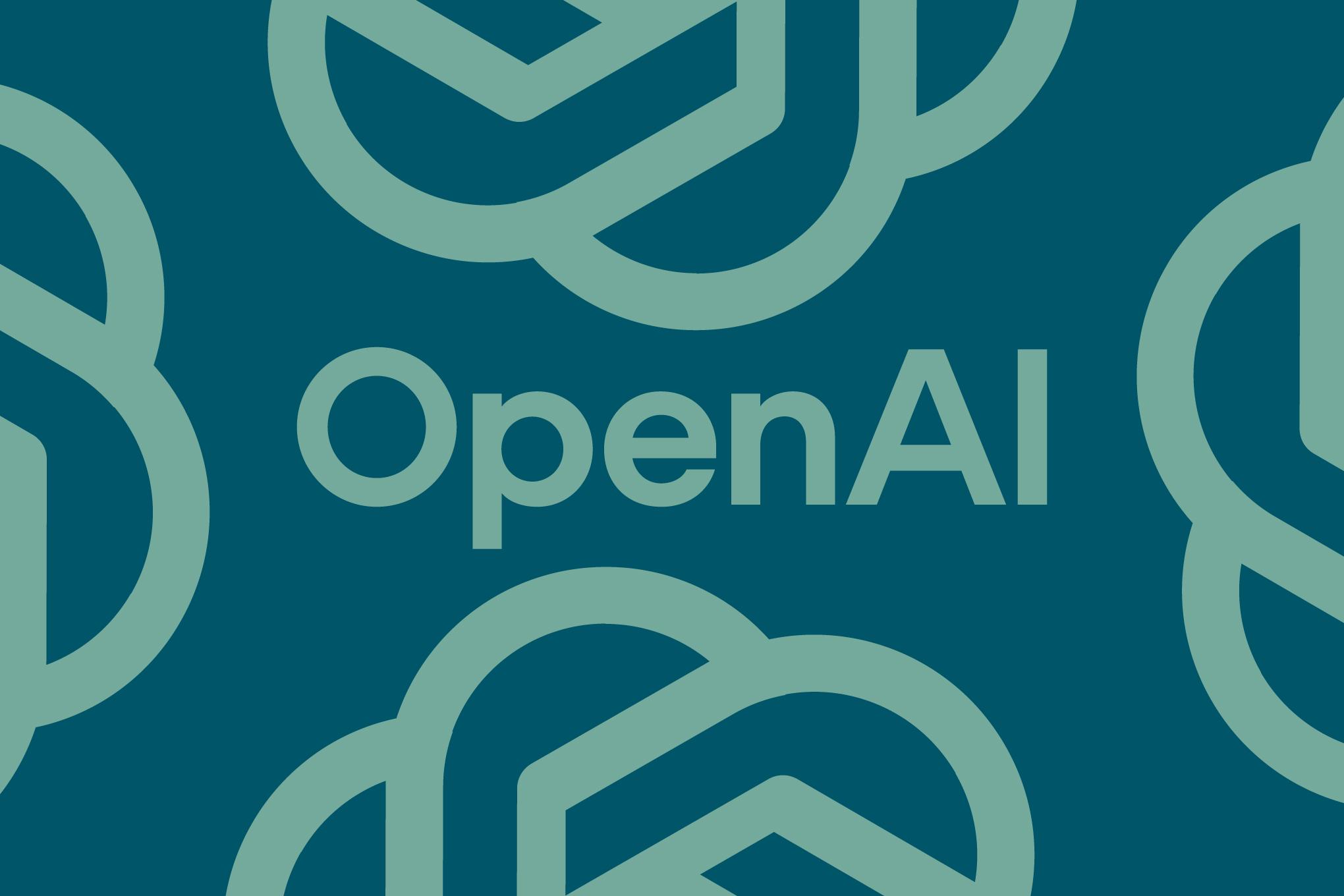
Databricks AI Strategy and Future Direction
Databricks AI Strategy: Navigating Leadership Changes and Market Competition
The Strategic Impact of Naveen Rao's Departure
Databricks finds itself at a critical juncture following the unexpected departure of Naveen Rao, its pivotal head of artificial intelligence. This departure raises pressing questions about the company's capacity to maintain its pace of innovation and leadership in a rapidly intensifying competitive arena. With competitors like Snowflake, Teradata, and major cloud players such as AWS, Azure, and Google Cloud aggressively advancing their own AI capabilities, Rao's exit creates both uncertainty and opportunity for the data analytics giant.
Naveen Rao's journey with Databricks began with the transformative $1.3 billion acquisition of MosaicML, a company he co-founded in 2023. His role at Databricks extended far beyond symbolic leadership; it was genuinely transformative, shaping breakthrough products like Dolly, DBRX, and Agent Bricks. Without Rao steering its visionary path, industry analysts like Robert Kramer from Moor Insights & Strategy foresee potential hurdles in sustaining the inventive momentum required to discover and develop the next breakthrough innovations that could define the future of AI-powered data analytics.
Despite these legitimate concerns, not everyone within the industry shares this apprehensive outlook. Bradley Shimmin of The Futurum Group offers a considerably more optimistic perspective, highlighting that Databricks maintains a robust technological lead over its numerous rivals. Shimmin asserts that the competitive battlefield has fundamentally shifted from determining who owns the most sophisticated models to identifying who leverages existing technologies most effectively and efficiently in real-world applications.
Competitive Landscape and Market Pressures
The technology landscape buzzes with unprecedented competition, positioning Databricks squarely in the center of this dynamic battlefield. Snowflake stands out as a particularly formidable opponent, refusing to rest on its established laurels and instead constantly evolving by adding innovative features that match or even surpass Databricks' AI and machine learning offerings. Meanwhile, established players like Teradata and Cloudera craft unique differentiation strategies by embracing AI factories and open standards, providing them with distinct competitive advantages in their AI endeavors.
This intensifying rivalry represents more than just a threat—it constitutes a decisive call to action for Databricks. Industry analysts maintain mixed opinions about the company's current state following Rao's departure. While some experts believe Databricks' technological leadership in building and operating AI systems will sustain its market position, others warn that the absence of a proven visionary might slow innovation cycles and provide valuable opportunities for agile rivals to capture market attention and customer mindshare.
Databricks therefore faces a crucial strategic juncture. To maintain its competitive edge, the company must swiftly demonstrate that artificial intelligence continues serving as a fundamental cornerstone of its comprehensive Data Intelligence Platform. Otherwise, the quick-footed approach of hyperscalers offering integrated, comprehensive services might successfully draw customers away from Databricks' ecosystem.
Leadership Succession and Organizational Continuity
In the whirlwind of speculation and detailed analysis, Databricks has yet to announce Rao's official successor, creating an information vacuum that concerns stakeholders. Kramer suggests relying on internal leadership expertise to maintain operational continuity, whereas Shimmin emphasizes the stable stewardship provided by CEO Ali Ghodsi and CTO Matei Zaharia, whose pioneering foundational work forms the technological backbone of Databricks' entire platform architecture.
The absence of an immediate successor for such a critical leadership role could potentially detract from Databricks' innovation momentum. Industry analysts speculate that the company might lean heavily on existing internal leaders to bridge Rao's departure gap, potentially sacrificing some outward-facing thought leadership that was characteristic of Rao's tenure. However, this internal approach might also provide stability during a transitional period.
Robert Kramer highlights that Rao functioned as much more than just a traditional AI chief; he served as a true visionary deeply involved in conceptualizing the future trajectory of Databricks' AI initiatives. Without Rao's guidance, the company faces significant challenges in making bold, visionary developmental leaps until stable, proven leadership emerges. Internal teams can certainly keep existing projects on track, but vision-driven leaps, such as identifying the next transformative acquisition opportunity, may prove considerably harder without someone possessing Rao's unique combination of technical expertise and strategic foresight.
Financial Position and Future Investment Strategy
Recent developments show Databricks in a remarkably strong financial position following a significant $1 billion Series K funding round that has propelled its valuation past the impressive $100 billion milestone. This latest capital influx represents overwhelming investor confidence in the company's vision and growth potential, providing substantial resources for continued expansion and innovation initiatives.
The company actively leverages this investment to expand its comprehensive Data Intelligence Platform, with key strategic initiatives like Lakebase and Agent Bricks specifically designed to solidify its dominant foothold in the competitive AI sector. However, this ambitious growth trajectory faces the challenge of maintaining momentum without Rao's proven strategic leadership, particularly as the company navigates an increasingly complex competitive landscape.
This billion-dollar funding injection creates both excitement and elevated expectations among stakeholders. Databricks now stands uniquely positioned to tackle the demanding landscape of AI innovation and market leadership, but success will require careful strategic execution and continued technological advancement.
Future Direction and AI Hardware Innovation
The pivotal strategic decision facing Databricks involves choosing between enhancing existing capabilities or venturing boldly into the next paradigm of AI innovation. Specialized hardware designed specifically for AI applications represents a potential area of focused development that could revolutionize cost efficiency in both AI training processes and query processing operations.
The real opportunity for Databricks now lies in developing a comprehensive focus on AI hardware solutions. This strategic pivot could potentially reduce the substantial costs associated with training sophisticated AI models and processing massive datasets efficiently. CEO Ali Ghodsi's hints about investing in specialized AI hardware align perfectly with this future direction and suggest that Databricks might pursue significant additional innovations in this emerging space.
Rao's forthcoming new venture, specifically hinted to center on AI hardware development, might eventually realign with Databricks' strategic trajectory, further blurring traditional lines between competitive divergence and collaborative synthesis. Intriguingly, as Rao explores new entrepreneurial ventures in the AI hardware sector, there remains a possibility that his startup could be strategically reintegrated into Databricks' ecosystem, potentially strengthening their overall AI capabilities.
Whether Databricks remains grounded in current technological successes or pivots toward novel avenues like AI-specific hardware development, the strategic course they ultimately chart will be watched with keen interest by investors, competitors, and industry observers alike. The company's next moves will likely define not only its own future but also influence broader industry trends in AI infrastructure and data analytics platforms.







